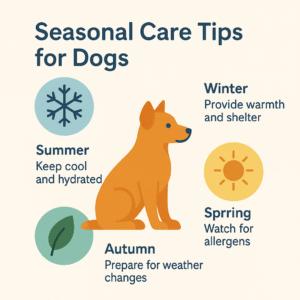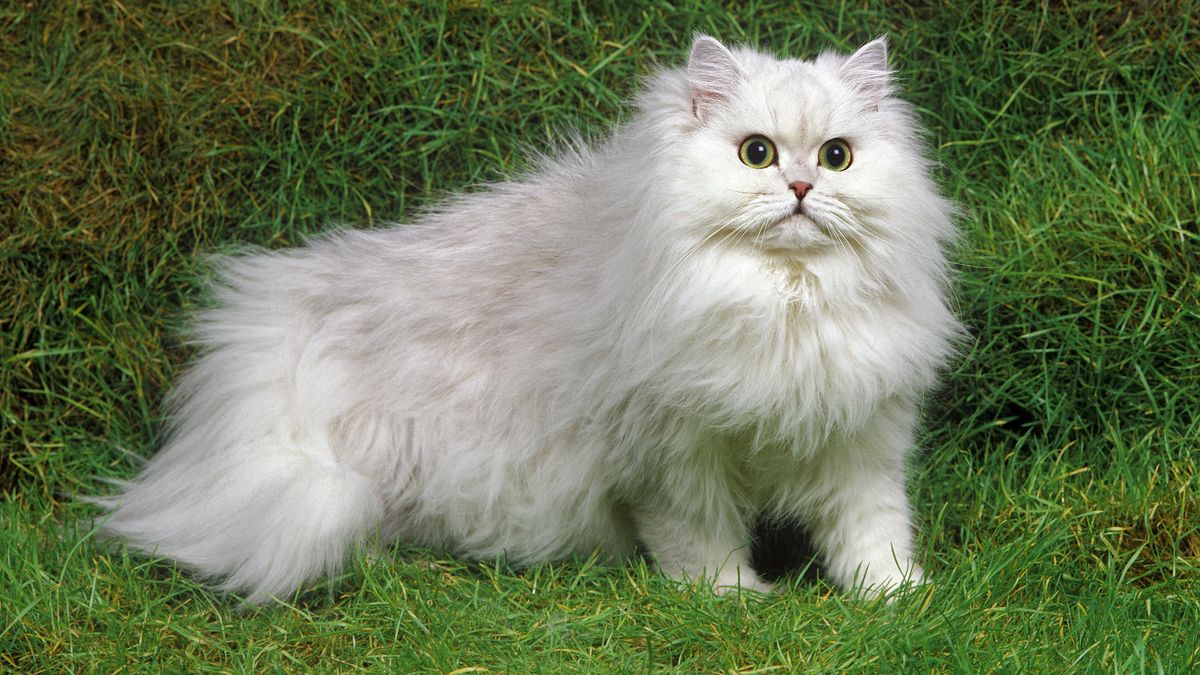Cats have been companions to humans for thousands of years, adapting from desert hunters to affectionate housemates. Today many cat owners grapple with the question: should their feline friends live exclusively indoors, roam outdoors or have a bit of both? Each option carries advantages and risks. Understanding these will help you make an informed decision that keeps your pet safe, healthy and mentally fulfilled.
Health and disease risks for outdoor cats
While outdoor life offers opportunities to stalk, climb and soak up the sun, it also exposes cats to pathogens and parasites. Infectious diseases such as feline leukemia virus (FeLV) and feline immunodeficiency virus (FIV) are spread through fights or close contact with infected cats. These viruses weaken the immune system and can shorten a cat’s life. Parasites such as fleas, ticks, ear mites and intestinal worms thrive outside and can cause intense itching, skin infections, vomiting, diarrhea and anemia. Ringworm is a contagious fungal infection that is easily picked up in damp areas. Many of these parasites can also infect people. Preventive health measures—including vaccinations, regular vet check‑ups and parasite control—are essential for cats that spend any time outdoors.
Safety hazards and environmental dangers
Outdoor cats face hazards that indoor cats rarely encounter. Cars, loose dogs and wild predators injure or kill countless free‑roaming cats every year. Toxic substances like antifreeze, rodent poison and pesticides are common in garages and gardens; just a few drops can cause kidney failure. Sharp objects, broken glass and nails can cut paws, while discarded fishing hooks and strings can cause life‑threatening blockages if swallowed. In winter, outdoor cats risk frostbite and hypothermia; in summer they can overheat or burn their paw pads on hot pavement. Outdoor cats may also prey on songbirds and small mammals, contributing to declines in local wildlife populations. If you choose to let your cat outside, always supervise them with a harness and leash or provide a secure enclosure (“catio”) that allows them to enjoy fresh air without endangering themselves or wildlife.
Benefits of indoor living
For many pet parents, keeping a cat indoors is the simplest way to avoid most disease and injury risks. Indoor cats are less exposed to pathogens and parasites, they aren’t hit by cars and they’re safe from predators and poisons. Indoor cats often live longer—15 to 20 years—compared with much shorter lifespans for outdoor cats. Because they rely on their humans for enrichment, indoor cats often develop strong bonds with family members. Owners can monitor litter box habits, appetite and behaviour and catch health problems early. However, an indoor lifestyle isn’t automatically enriching. Without adequate mental and physical stimulation, indoor cats can become bored, stressed or overweight. It is your responsibility to make indoor life as interesting and satisfying as possible.
Enrichment for indoor cats
An enriched indoor environment meets a cat’s instinctual needs to climb, scratch, hunt and explore. Provide multiple scratching posts or pads so your cat can stretch and condition their claws. Multi‑level cat trees, wall shelves and window perches allow vertical exploration and safe sunbathing. Rotate a variety of interactive toys such as wand teasers, feather toys and balls with bells to keep playtime exciting. Puzzle feeders and treat‑dispensing toys mimic hunting and slow down eating. Cardboard boxes, paper bags and tunnels create hiding spots and encourage stalking and pouncing. The American Humane Society recommends rotating toys regularly and providing climbing structures and perches to keep indoor cats mentally stimulated. Make time for daily play sessions to satisfy your cat’s prey drive, relieve stress and strengthen your bond.
Controlled outdoor time
If you want your cat to experience the outdoors safely, consider supervised outdoor time. Many cats can be trained to walk on a harness and leash; start indoors and gradually venture outside, rewarding your cat with treats for calm behaviour. Another option is a catio—a screened enclosure or fenced run attached to your house where your cat can bask in the sun, watch birds and enjoy fresh air without the dangers of free roaming. Before any outdoor adventures, ensure your cat is spayed or neutered, fully vaccinated and on a parasite prevention regimen. After outings, check their fur and paws for ticks, burrs or injuries. Avoid outdoor time during extreme weather and never leave your cat unattended.
Life stage and personality considerations
Kittens, seniors and cats with chronic illnesses require special care. Young kittens are vulnerable to predators and diseases and may not have the street smarts to avoid danger. Senior cats may have reduced agility, making it harder for them to escape hazards. Consider your cat’s temperament and breed: active breeds like Bengals and Abyssinians may crave more stimulation and benefit from supervised outdoor time or plenty of indoor enrichment, while laid‑back cats may be content with cosy indoor spaces. Shy or anxious cats often feel safer inside.
Human interaction and social needs
Regardless of where they spend their time, cats thrive on positive human interaction. Regular play sessions, grooming, petting and quiet companionship strengthen your relationship and help your cat feel secure. Speak to your cat, pay attention to their vocalizations and body language and respect their boundaries. A cat that feels loved and engaged is less likely to develop behavioural issues such as scratching furniture, inappropriate elimination or excessive meowing.
Conclusion
There is no one‑size‑fits‑all answer to the indoor vs outdoor debate. For most cats, indoor living is the safest choice and promotes longevity, but it requires commitment to enrichment and human interaction. Outdoor access should only be granted under close supervision or within secure enclosures to minimise risks to your cat and local wildlife. By understanding the benefits and drawbacks of each lifestyle, you can create a home environment that meets your feline friend’s physical, mental and emotional needs. For personalised guidance or to schedule a wellness contact us. We can help your cat live a long, healthy and happy life wellness check and discuss for personalised guidance or to schedule a wellness check and discuss enrichment strategies, don’t hesitate to get in touch with us. Together, we can help your cat live a long, healthy and happy life.













